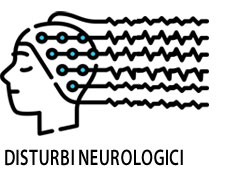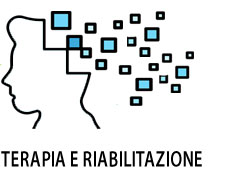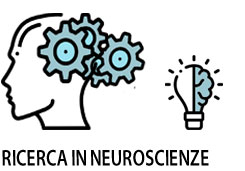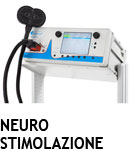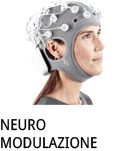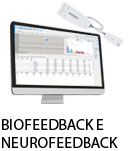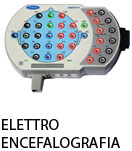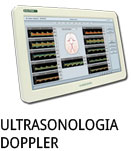- +39 011 5821948
- info@geasoluzioni.it
- Lun - Ven 8:00 - 17:00
Pubblicazioni
Efficacy and Safety of Transcranial Direct Current Stimulation for Treating Negative Symptoms in Schizophrenia
- Abstract:
- Importance: Negative symptoms represent a substantial burden in schizophrenia. Although preliminary studies have suggested that transcranial direct current stimulation (tDCS) is effective for some clusters of symptoms, the clinical benefits for negative symptoms are unclear. Objective: To determine the efficacy and safety of tDCS vs sham as an add-on treatment for patients with schizophrenia and predominant negative symptoms. Design, Setting, and Participants: The double-blind Schizophrenia Treatment With Electric Transcranial Stimulation (STARTS) randomized clinical trial was conducted from September 2014 to March 2018 in 2 outpatient clinics in the state of São Paulo, Brazil. Patients with schizophrenia with stable negative and positive symptoms and a minimum score of 20 points in the negative symptoms subscale of the Positive and Negative Syndrome Scale (PANSS) were included. Interventions: Ten sessions of tDCS performed twice a day for 5 days or a sham procedure. The anode and the cathode were positioned over the left prefrontal cortex and the left temporoparietal junction, respectively. Main Outcomes and Measures: Change in the PANSS negative symptoms subscale score at week 6 was the primary outcome. Patients were followed-up for an additional 6 weeks. Results: Of the 100 included patients, 20 (20.0%) were female, and the mean (SD) age was 35.3 (9.3) years. A total of 95 patients (95.0%) finished the trial. In the intention-to-treat analysis, patients receiving active tDCS showed a significantly greater improvement in PANSS score compared with those receiving the sham procedure (difference, 2.65; 95% CI, 1.51-3.79; number needed to treat, 3.18; 95% CI, 2.12-6.99; P < .001). Response rates for negative symptoms (20% improvement or greater) were also higher in the active group (20 of 50 [40%]) vs the sham group (2 of 50 [4%]) (P < .001). These effects persisted at follow-up. Transcranial direct current stimulation was well tolerated, and adverse effects did not differ between groups, except for burning sensation over the scalp in the active group (43.8%) vs the sham group (14.3%) (P = .003). Conclusions and Relevance: Transcranial direct current stimulation was effective and safe in ameliorating negative symptoms in patients with schizophrenia.
- Patologie/Applicazioni:
- Anno:
- 2020
- Tipo di pubblicazione:
- Articolo
- Parola chiave:
- stimolazione elettrica transcranica; NIBS; tDCS; schizofrenia; Sham; Double blind; corteccia prefrontale sinistra
- Testata scientifica:
- JAMA Psychiatry
- Nota:
- Si tratta di uno studio clinico, randomizzato, in doppio cieco, che grazie all'impiego della tDCS, si è dimostrato efficace e sicuro nel migliorare i sintomi negativi nei pazienti con schizofrenia. La terapia alla quale sono stati sottoposti i pazienti, di età compresa tra 18 e 55 anni, prevedeva: montaggio tDCS con anodo sopra la PFC (corteccia prefrontale) sinistra e il catodo sopra la giunzione temporoparietale sinistra, con durata del trattamento di due sessioni al giorno, con un intervallo minimo tra le sessioni di 3 ore, nell'arco di 5 giorni consecutivi dal lunedì al venerdì.
- DOI:
- 10.1001/jamapsychiatry.2019.3199
La nostra storia
GEA soluzioni si affaccia nel 2013 al mercato della strumentazione medicale di alto livello tecnologico ma la sua storia parte da più lontano, clicca qui per approfondire.
GEA SOLUZIONI SRL
via Spalato 72/A, Torino
Tel.: 011 5821948 / 011 4463853
Fax: 011 0433281
Email: info @ geasoluzioni.it
P. IVA IT11696920013
REA TO1233648

